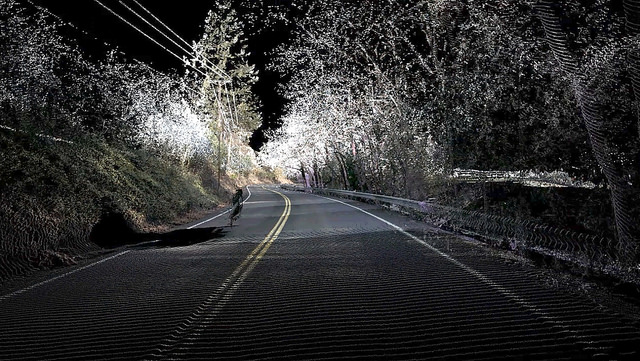We currently find ourselves on the cusp of a new generation of vehicles. This new generation will be among the first intelligent robots that humans will interact with. However, before this reality occurs, a wide range of enabling technologies are required. Many of these technologies will not only enable the realization of autonomous vehicles, but also offer sustained innovation for a ride range of new technologies such as delivery drones and smart cities. The most important of these technologies is the development of High Definition Maps (HD Maps).
HD Maps are LIDAR-scanned point clouds (these are composed to form a mesh) which can be layered with image textures to compose a virtual 3D space. As they are laser scanned, the resulting map is incredibly detailed with centimeter-level accuracy. This HD map provides machines an enormous and precise data set which it can use for positioning and route navigation. However, consensus on the requirement of such maps is absent. Adversaries say the high costs of HD mapping is unnecessary for the functioning of autonomous vehicles, cars should be able to function with only using stereo cameras, radar, and an ordinary localized map. On the other hand, proponents are adamant that although autonomous navigation is possible without HD maps, its commercial readiness will only be feasible with maps that can eliminate corner cases such as Tesla’s fatal autopilot crashes. If the Tesla would have cross-checked their perception of ingested sensor data with an HD map, it would have quickly realized that the object ahead was not an overpass, but a truck to which it needs to yield.
The true potential in HD map lies in the automation of map updates by using sensor data from vehicles and machine learning to record real time changes in the cloud. This would enable real-time mapping by leveraging the crowd and significantly reduce the labor for mapping companies to provide updated maps. It would also allow a wide range of machines to make real-time decisions based on actual conditions instead of unrealistic scenarios.


